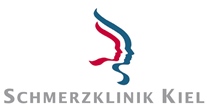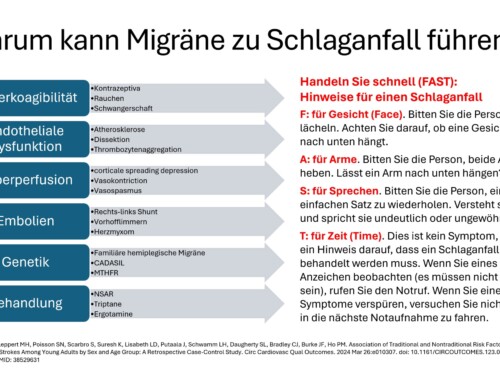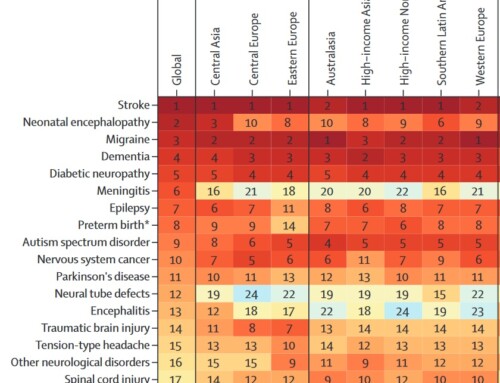On December 13, 2013, the American Food and Drug Administration (FDA) announced the approval of a new acute migraine therapy using magnetic stimulation. The procedure is known as Cerena transcranial magnetic stimulation (TMS). This is the first approval of a medical device that has been approved specifically for migraine headaches in migraines with aura.
Migraine aura are neurological symptoms that occur before the headache phase and usually spread gradually over 30 to 60 minutes. The most common visual disturbances are zigzag lines, flickering light and visual field defects. However, there are also complex auras. These can include sensory disturbances or paralysis on one side of the body or even drowsiness or even loss of consciousness. Many neuropsychological disorders such as poor concentration, memory loss, difficulty finding words or emotional changes can also be symptoms of a migraine aura.
"Millions of people suffer from migraines and the new device represents a new treatment option for a subset of patients," said Christy Foreman, director of the FDA's Division of Medical Device Evaluation, in a statement from the agency .
The device has so far only been approved for the treatment of migraine headaches with aura. It is prescribed by doctor's prescription. The device is applied by positioning it on the back of the head. A magnetic pulse can then be released by pressing a button. This stimulates the cerebral cortex in the occipital area. The procedure is supposed to be based on the fact that the electrical changes in the cerebral cortex are counteracted by the magnetic pulse and the aura is blocked.
The approval is based on a study in 201 patients. They suffered from moderate to severe migraines with aura. Of those who used the magnetic stimulator, 38% reported that pain was significantly reduced after 2 hours. In a control group without appropriate stimulation, only 17% of patients reported improvement. 34% of users reported freedom from pain after 24 hours. However, it is unclear whether this sustained freedom from pain can also be due to a placebo effect.
The FDA noted that dizziness may occur as a side effect. Overall, however, the side effects are very mild and their occurrence is very unlikely. There are few reports of side effects such as sinusitis, speech problems and dizziness. The FDA recommends that the device be used no more than once per 24 hours. It is only permitted for people over 18 years old. The device should not be used on patients who wear metal objects in the head area or upper body, this applies in particular to cardiac pacemakers or brain stimulators. Patients with a history of epilepsy or implants should also not use the device.
To our knowledge, the device has not yet been approved in Germany. Based on the available data, effectiveness appears to be limited.








Leave a comment